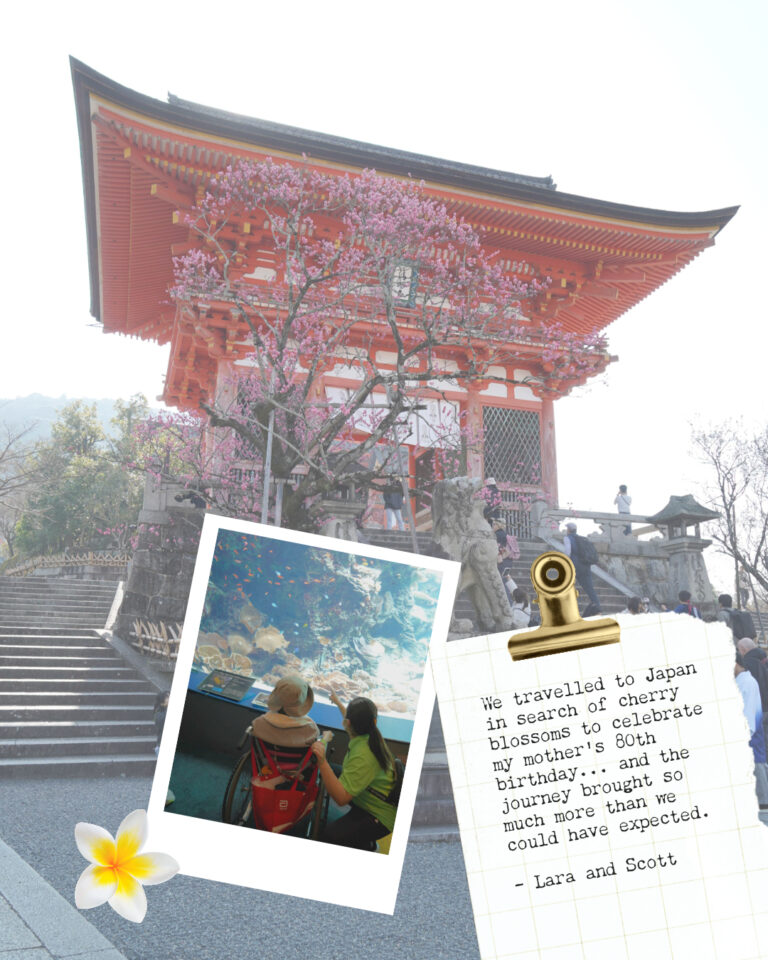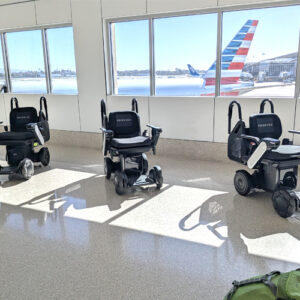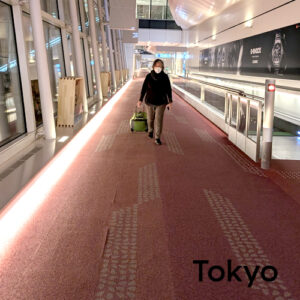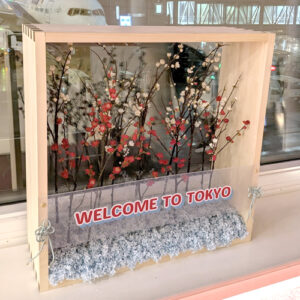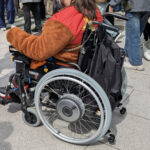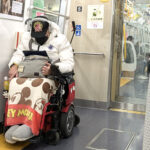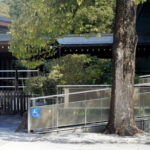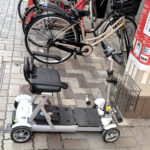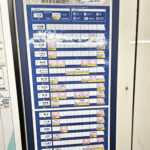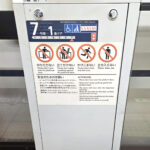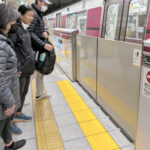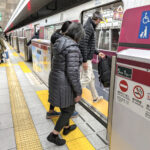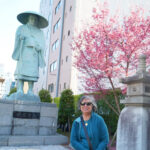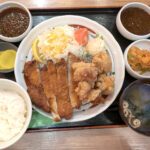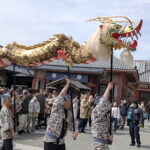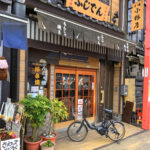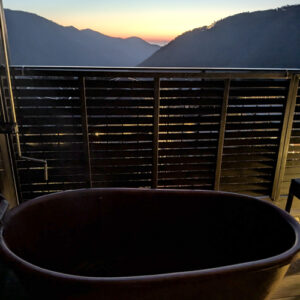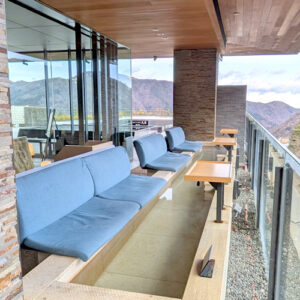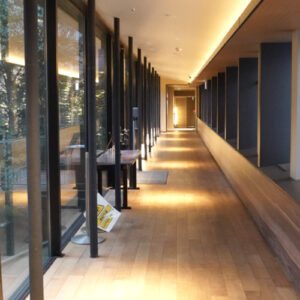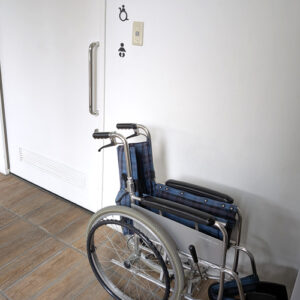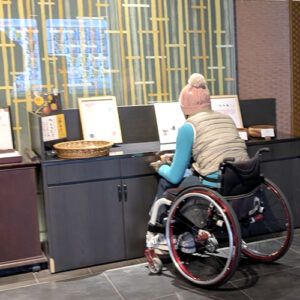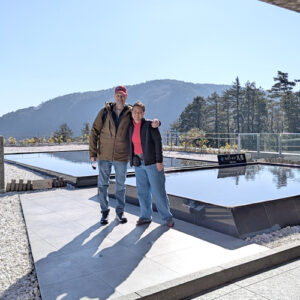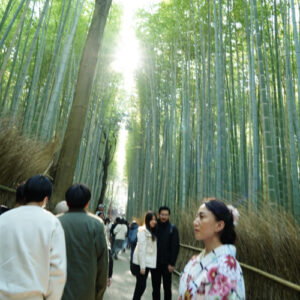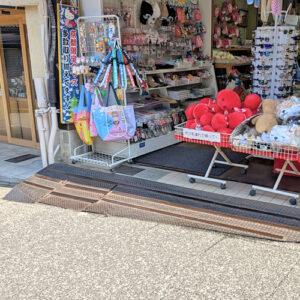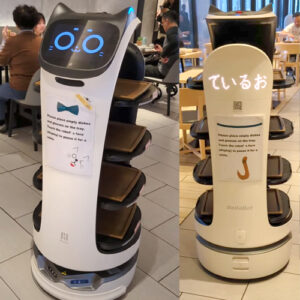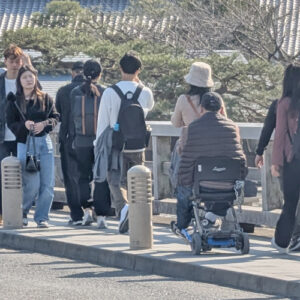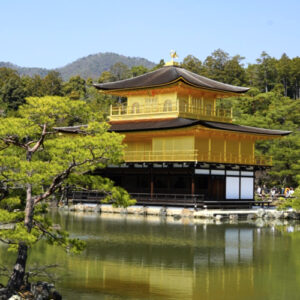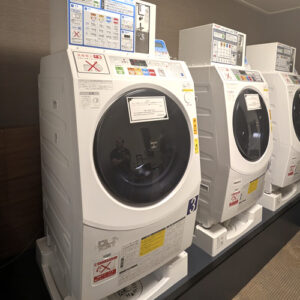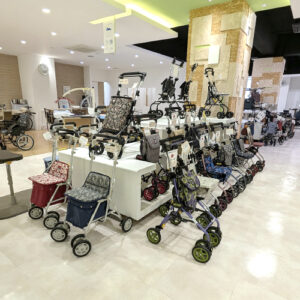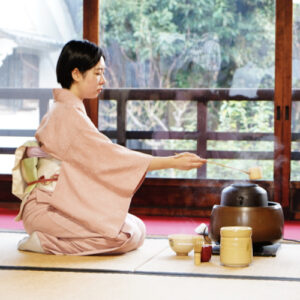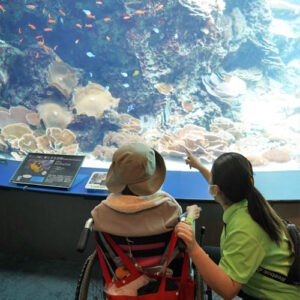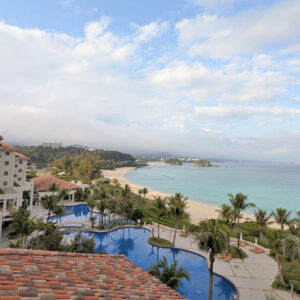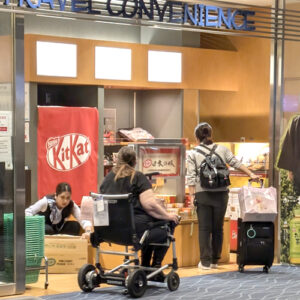First stop: Tokyo. Initially we were a bit surprised by the lack of medical mobility equipment that we saw being used in a city this size. We mostly saw canes, one rollator, a fold up scooter and 2 manual wheelchairs on our first day, covering 16,000 steps and about 5 subway stops. But on day two, we saw a few more mobility products and realized that the later start time when the subway system is less crowded maybe why we saw more people out with devices. Overall there does not appear to be a lot of access to equipment, which is probably why we are not seeing more of it. We had hoped to check out a mobility store, but there are very few listed on Google.
For the most part, Tokyo is trying to be accessible for multiple disabilities… In public spaces, we saw elevators, ramps, automatic door openers, signs in English, and texture on the pavement to help assist the blind (see yellow bumps in subway photos). It helps that they were a recent host to the Olympics.
Initially we did a lot of traveling on the subway – which was very inexpensive… Subway entry gates are marked with accessible icons, and we noticed a ramp platform was provided for a wheel chair user to transition into the subway cart at one stop. There is a chart at each station that lists which gates are closer to elevators at certain stations. One station had a wheelchair lift to get up the stairs. But you have to be really good at looking for the information and if you are not using a motorized device, there is a lot of walking and a lot of stairs. We were fortunate to have a friend living here for the past 4 years to help us with the navigation. We also learned Uber is here and toward the end of the trip, started to use that a bit more.
There is so much to do and see here. If you enjoy shopping – this is the place. It’s also an amazing spot for food… My very generous chicken katsu lunch plate was less than $8 US. We really enjoyed the Samurai Museum (at first, worried by the stairs – but thankfully found they had an elevator too). We were lucky to catch a dragon festival… And there are so many delightful surprises around every corner. It was SNOWING the morning we left Tokyo.
Second stop: Hakone. This was the perfect counterbalance to the busy of Tokyo. A mountain town, known for the hot springs and nature – this was an absolutely gorgeous spot.
We seemed to see more people here (per capita) using assistive equipment – but nothing motorized. The hotel we stayed at had long inside walkways and several interconnected onsen (hot springs bathing venues), restaurants and stores. These all were all thoughtfully designed with ramps, elevators and automatic sliding doors. Outdoors would be more of a tricky experience, due to the terrain. The lake and dock areas would be doable for a wheelchair or scooter, but the hiking trails we saw seemed too steep and were unpaved.
There are many ways to soak in the springs… We did not have enough time to visit the public onsen, but enjoyed the leg soaking area of our hotel. Hot spring soaks in Japan have long been considered a path to healthy living for all ages. Paired with forest bathing, this is therapy for the soul.
Our hotel room was gorgeous, with a balcony soaking tub – but we found sitting on the floor to be a true challenge when it was time to get up. Something to note, tattoos are not permitted in many of the public bathing areas.
We had lunch at a waiter-less restaurant. Placed an order on a tablet, cooked our own meat, and after the food came out – we paid at a counter to a machine similar to an ATM that dispensed the change. We are noticing lots of technology work arounds like this here. The food has been amazing the entire trip so far.
Third stop: Kyoto. We saw more assistive equipment being used here in one day, than in all the three days we were in Tokyo. There are many signs the city tries to be accessible. One of the biggest obstacles is perhaps navigating around the amount of people visiting at this time of the year… The crowds were challenging. The small crushed rock, used in the landscaping, can also be hard on some devices with smaller wheels. It appeared that many people with motorized devices travelled here with their device, as we spotted many folding scooters.
We enjoyed a matcha tea ceremony and have developed a huge amount of respect for the people who wear the traditional dress. It’s challenging to sit on the floor for any length of time on your knees (some ceremonies go up to 4 hours) and walking in their traditional sandals presents fall risks everywhere. But perhaps this is why their seniors are less prone to falls? If they have spent a lifetime getting up from the floor and balancing in shoes made like this.
We were primarily there to see the cherry blossoms for my Mom’s birthday and they were just starting to bloom in several spots and they were absolutely stunning. She wasn’t been able to access all the sites we visited, due to the long walks and stairs in many places, but she visited the majority and was so happy to see the trees blooming.
The technology was something else… Check out the robot that helps clear the trays during breakfast. We’ve also used clothes washer/drier machine that are combined into one. We took a bullet train to get here, which was incredibly fast. We did finally find a large mobility store and found that most of the equipment was manual. They only had one power chair and one scooter.
Last stop: Okinawa, where I took my favorite photo of a caregiver and her patient at one of the world’s largest aquariums… It seemed to be a field trip as we saw a group of three people in wheelchairs being pushed by their caregivers arriving all at the same time. This warmed our hearts so much.
We were only in Okinawa for one solid day, but it was likely our best vacation stop. Things seemed more casual here, less hurried and we enjoyed the island breeze. The places we went to were generally wheelchair accessible. The only hesitation was that the aquarium was very crowded during the middle of the day when we went.
We flew home from Okinawa to Tokyo to LAX and finally to PHX. The Tokyo airport (HND) is huge and we had to take a bus shuttle to the international terminal. On the bus ride we noticed the sign for priority seating. We also noticed that ANA airlines boarded those in wheelchairs, pregnant women and those with small children all first – even before first class.
This journey was one we were so excited to take and where we really learned a lot. Initially we were reluctant, as everything was so very different and required much planning… But we were glad for the adventure and we hope to bring many of the things we learned to our showroom in Scottsdale, AZ to continue to improve accessibility in our community. We hope you enjoyed what we have shared.


